Death Valley National Park Closed Due To Historic Flooding
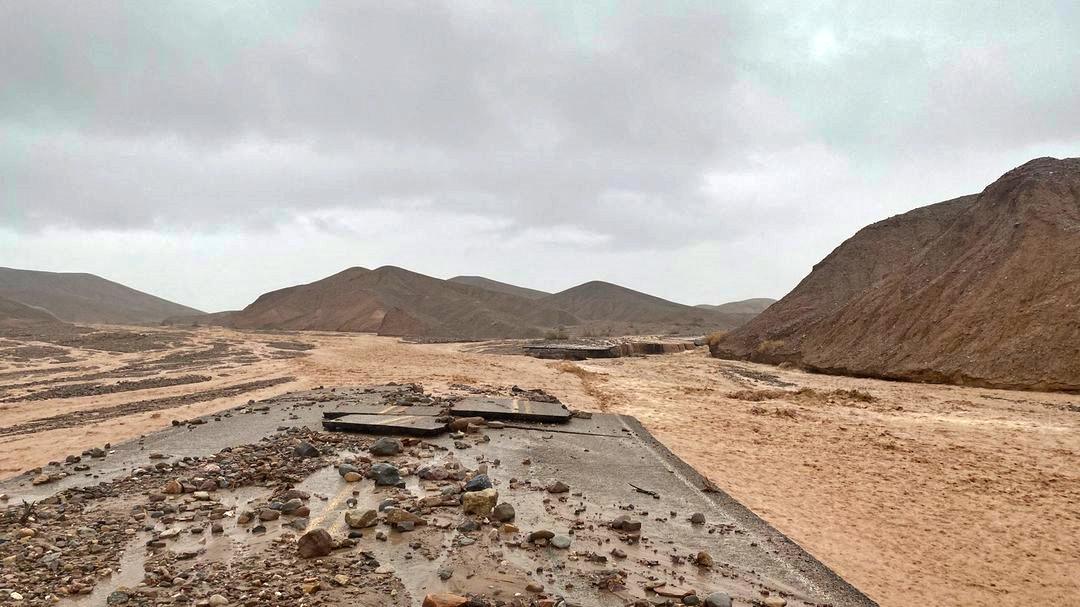
Death Valley National Park closed due to flooding
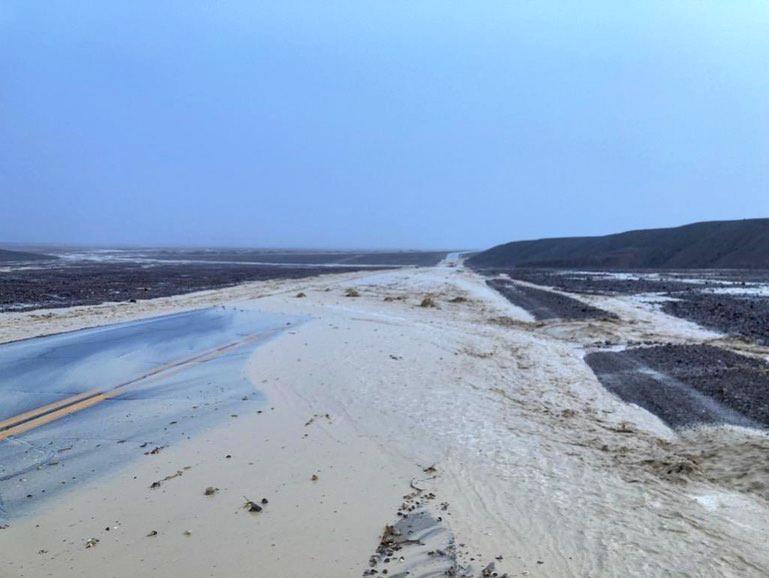
Meanwhile, the floodwaters left behind wreckage, cars buried under mud, and debris. Due to the damage to infrastructure in the park, hundreds of visitors and NPS staff were temporarily stranded on Friday when roads shut down
Death Valley National Park is officially the hottest place on the planet, reaching a blazing 134.1 degrees Fahrenheit (56.7 degrees Celsius) back on July 10, 1913. Meanwhile, the average annual rainfall here is 1.9 inches (4.8 cm).
However, Friday saw 1.7 inches (4.3 cm) of rain falling on the Furnace Creek area. According to the National Park Service (NPS), that is almost an entire year’s worth of rain in just one morning.
Videos and photos shared on social media
A number of videos were posted on social media, showing the flash flood rushing through the park. Meanwhile, roads and cars were buried under mud and debris. Moreover, some images revealed boulders and palm trees swept down as well as major damage to the roads. On top of this, many buildings were flooded, including business offices and hotel rooms.
Emergency workers are searching for stranded motorists and clearing roads inside California's Death Valley National Park after flash flooding triggered by a near-record downpour stranded nearly 1,000 people inside the park https://t.co/rJUhPJ2vMA pic.twitter.com/pU4Z4dMjNC
— Reuters (@Reuters) August 7, 2022
Luckily, there have been no reports of injuries and everyone could travel out of the park on Sunday after emergency crews cleared a pathway on the damaged roads. It turns out Friday’s flash flood was the second major weather event in Death Valley in one week. Previously, some roads had to be closed on Monday, August 1, after they were buried in mud and debris from flash flooding.
According to the NPS, flash floods and monsoonal rains are a natural part of the park’s weather system and happen almost every year. However, Friday’s floods were an extremely rare weather event. In fact, there were unprecedented levels of rainfall, more than has ever been recorded before in the entire month of August.
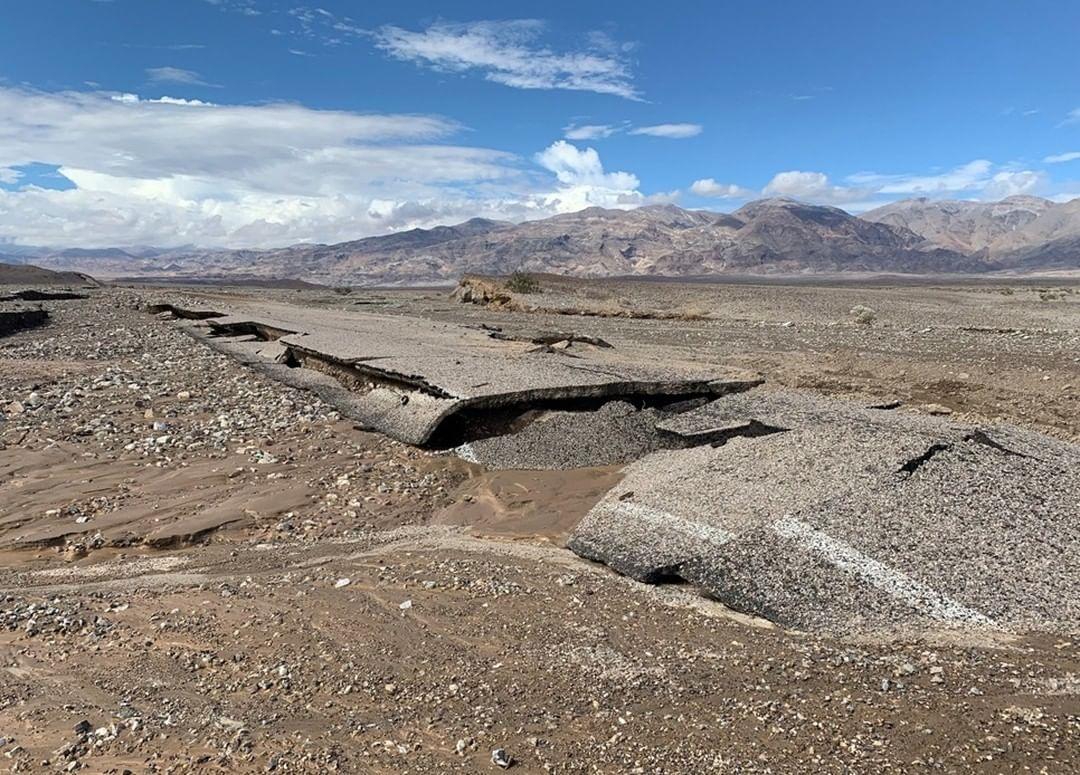
When will Death Valley National Park reopen?
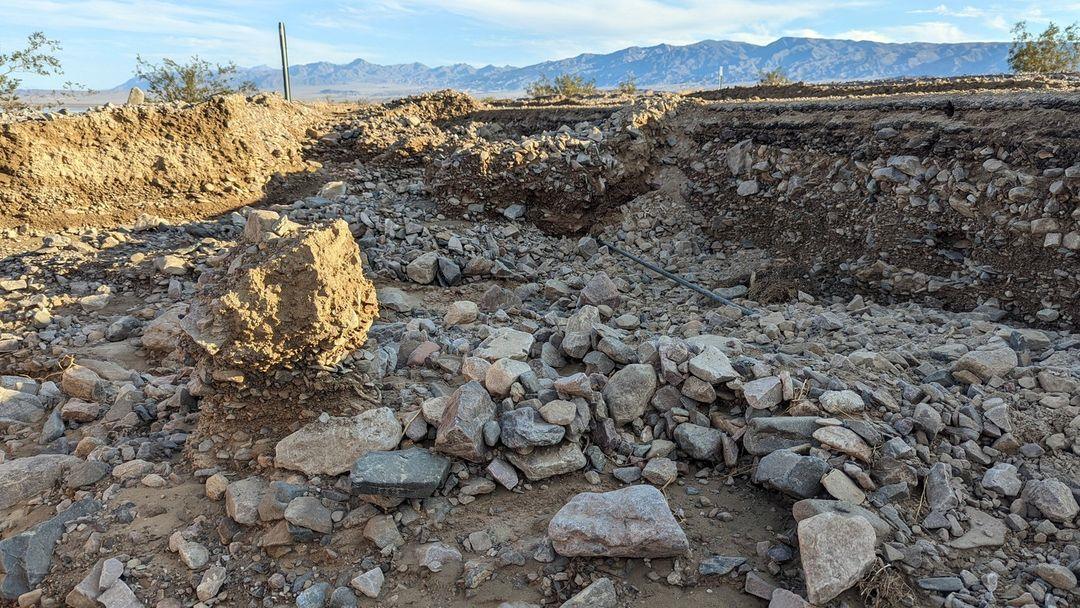
‘An incredible place of extremes’
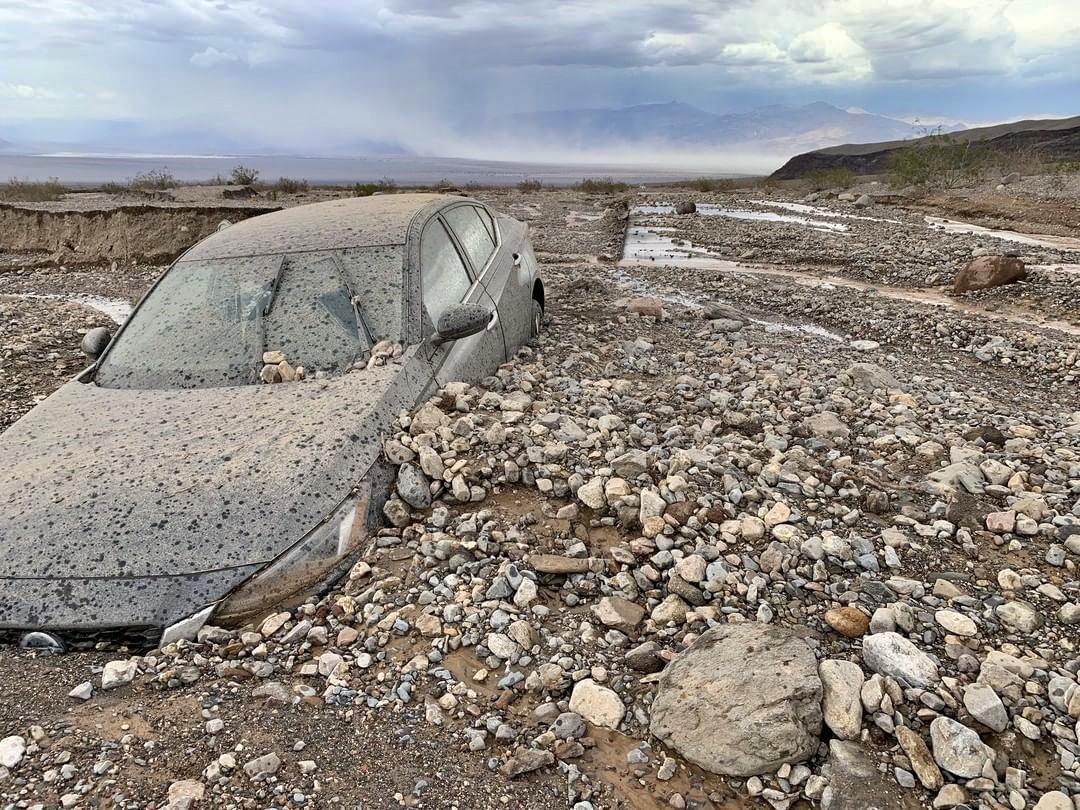
It is the hottest place in the world and the driest place in North America. This week’s 1,000-year flood is another example of this extreme environment. With climate change models predicting more frequent and more intense storms, this is a place where you can see climate change in action.
At this time, no further rainfall is expected and no monsoonal rain is likely to happen in the near future. However, visitors should check the latest status before heading to Death Valley National Park on the NPS website.
